The colors of the rainbow make the color wheel seem simple— a couple reds, purples, blues and greens and you’re on your way. However, the color spectrum is actually a vast and complex beast. The human eye can only see a fraction of the colors on earth and, of those, we aren’t familiar with all of them. Scientists are also constantly innovating colors for a variety of applications, such as space travel and exploration.
Absolute Zero

Color Family: Blue
Complementary Colors: Oranges
Found in Nature: Yes
Although absolute zero is mostly associated with temperature, it also describes a shade of blue. The shade rests somewhere between vibrant and muted since it isn’t as deep as midnight blue, but is also not as pale as baby blue. It is a mixture of blue and green that contains no red.
Xanadu

Color Family: Blue and/or Green
Complementary Colors: Red-Orange
Found in Nature: Yes
Xanadu is very similar to another color on this list, glaucous, and, arguably, rests under the glaucous umbrella of truly blue-green hues. According to ColorHexa, xanadu is made up of almost equal parts red, green and blue. It comes off as grayish and is a little darker than glaucous.
Sarcoline

Color Family: Orange
Complementary Colors: Blues
Found in Nature: Yes
Sarcoline might sound unfamiliar, but the shade is most likely recognizable to any makeup enthusiast or portrait artist. It resembles a pale skin tone with yellow undertones. Placing sarcoline within a color family is difficult since its lighter shades appear yellow and beige, the middle shades are orange, and the darkest shades are brown.
Fulvous
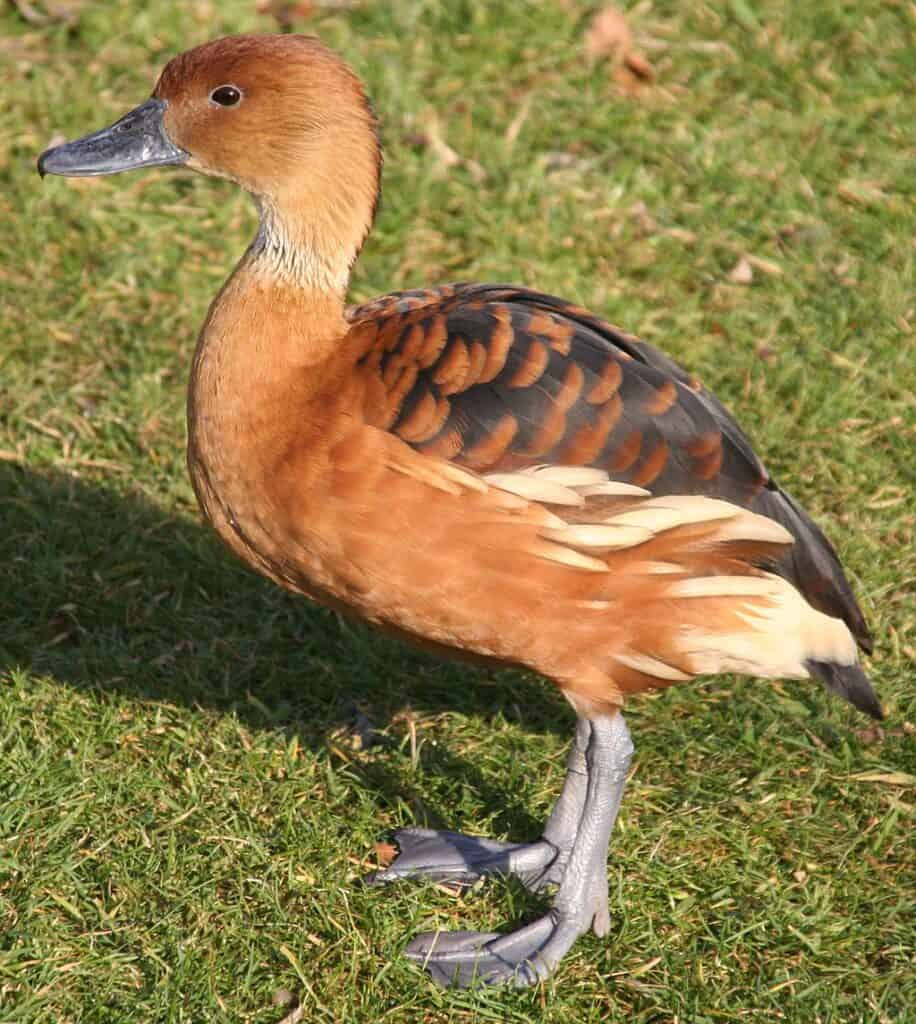
Color Family: Brown
Complementary Colors: Blues
Found in Nature: Yes
While fulvous is considered a shade of brown, it appears more as a dark orange. Fulvous is made of mostly red, a bit of green and no blue. Lighter versions of this color definitely fall into the orange scale, while darker shades become deep browns.
Glaucous

Color Family: Blue and/or Green
Complementary Colors: Red-Orange
Found in Nature: Yes
Glaucous describes a blend of green and blue— the kind of color that starts debates about which one it truly is. The term glaucous, which is etymologically related to the word glaucoma, comes from ancient Greek. The famous philosopher Homer used the term glaukos to refer to water, leaves, honey and eyes. Rather than a single color, the original term referred to an object’s ability to glisten or shine. Over the years, as language developed to include specific terms for colors, glaukos became glaucous and started to refer to blue-green colors. Since glaucous is archaic, it’s difficult to find accurate representations of the color today.
Falu

Color Family: Red
Complementary Colors: Greens
Found in Nature: Yes
Take a trip to the Swedish countryside and you’ll notice that most of the cottages are the same shade of bright red. This particular shade is falu red, termed such because the color comes from the Falun Copper Mine in Sweden. It’s a waste byproduct of the mining process that rusts over time. Washing, drying and burning these rusted over ores creates the unique pigment. The temperature in which the byproduct is heated changes the shade. Higher temperatures result in darker pigment.
Stuart Semple Pink
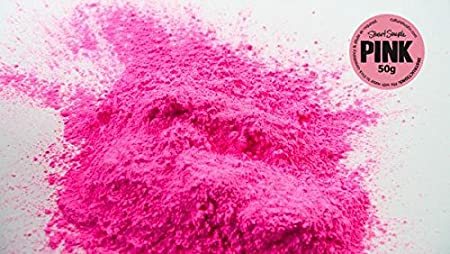
Color Family: Red
Complementary Colors: Greens
Found in Nature: No
Stuart Semple’s self proclaimed “pinkest pink” is the result of art world controversy. After the creation and subsequent development of a usable vantablack, another color on this list, the company that invented the technology exclusively licensed it to an artist named Anish Kapoor. Other artists were upset that this color was being kept from them and one, named Stuart Semple, decided to respond in turn. Semple created the pinkest pink pigment and made it available to everyone except Kapoor. Kapoor got his hands on it anyway, posting a picture to Instagram with his middle finger dipped in the vibrant pigment.
NTP Yellow
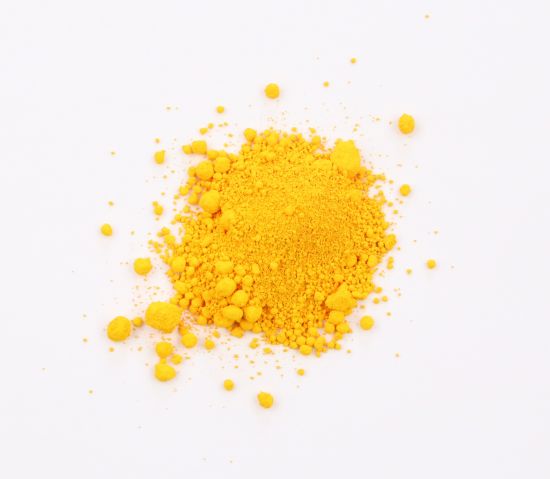
Color Family: Yellow
Complementary Colors: Purple
Found in Nature: No
The Shepherd Color Company developed the Niobium Tin Pyrochlore (NTP) yellow pigment to bridge the gap between brightness and durability. Different versions of NTP yellow have distinct purposes— one is ideal for coloring plastic while another is better as a coating and/or paint. This invention demonstrates Shepherd’s focus on inorganic materials to mimic naturally occurring colors and innovate new pigments. Physicists and chemists invent new colors for a variety of applications by studying the natural world. New colors can help with heat absorbency, camouflage and reflectivity.
RTZ Orange
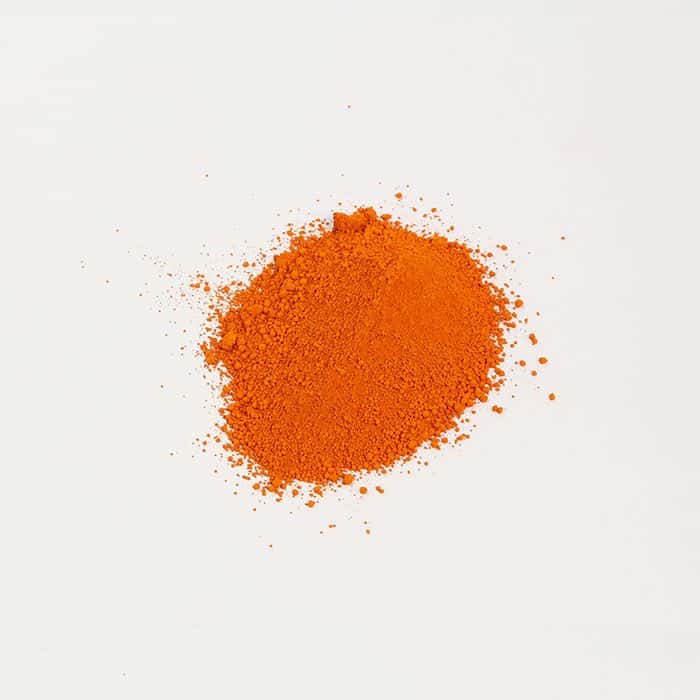
Color Family: Orange
Complementary Colors: Blue
Found in Nature: No
The Shepherd Color Company also developed the Rutile Tin Zinc orange pigment to make other colors appear more vibrantly red. In addition to a stronger hue, RTZ orange also gives different paints and coatings increased heat stability and better weathering. Like NTP yellow, RTZ orange is also ideal for chemists and others working in scientific spaces because it works well in high pH environments.
YINMN Blue
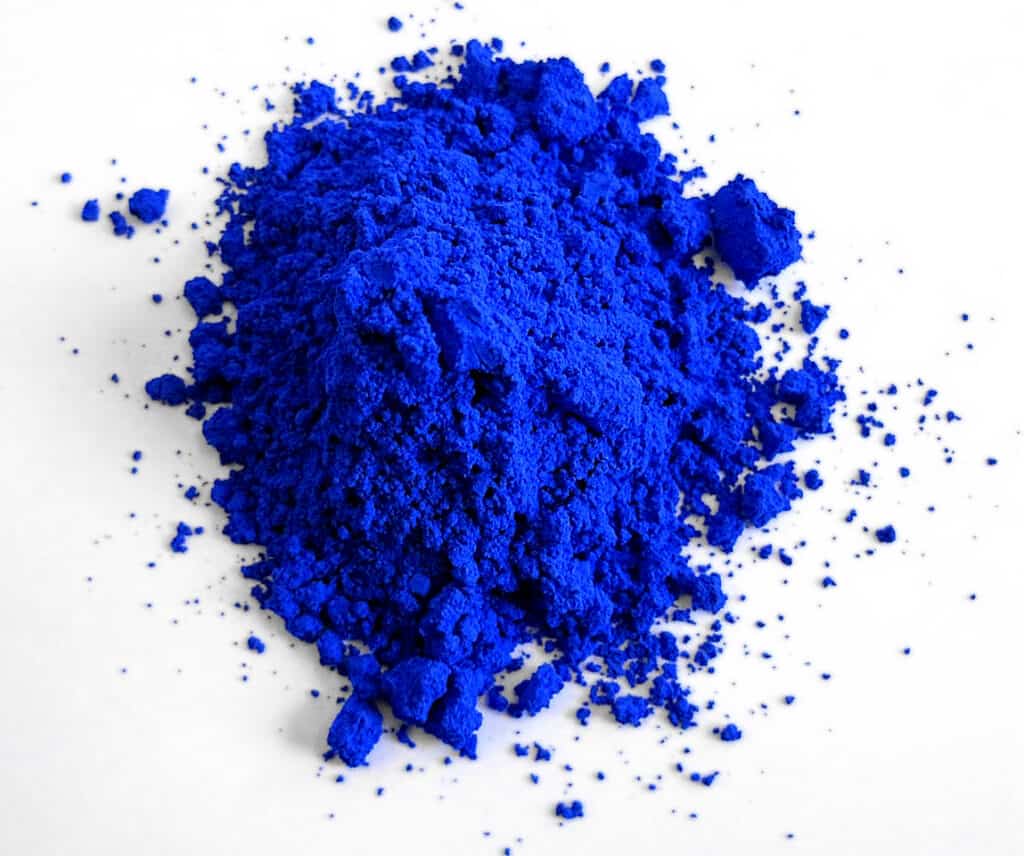
Color Family: Blue
Complementary Colors: Oranges
Found in Nature: Yes
YINMN blue is a recently discovered vibrant shade of blue that occurs when the compound manganese oxide is heated at 2,000 Fahrenheit (1,200 Celsius). A graduate student at the University of Oregon discovered the color during this experiment and recognized it as scientifically interesting. Blue pigments tend to be unstable and dangerous, but YINMN blue is neither. The color is made of the elements yttrium, indium and manganese.
Vantablack

Color Family: Black shades
Complementary Colors: None
Found in Nature: No
Vantablack is known as the darkest man made pigment. The color, which absorbs almost 100 percent of visible light, was invented by Surrey Nanosystems for space exploration purposes. The special production process and unavailability of vantablack to the general public makes it the rarest color ever. It now exists as a coating used in deep space imaging, automotive sensing, optical systems, and art. Some of its most notable properties include ultra low reflectance, UV absorption, and high thermal shock resistance. Vantablack’s visual effect is quite striking. Rather than a painted surface, objects coated in vantablack look two dimensional.
This article originally appeared on Rarest.org.
More from Rarest.org
13 Most Expensive Lotus Cars Ever

Lotus Cars has long been synonymous with innovation, performance, and exquisite engineering, producing some of the most iconic sports cars in automotive history. In this article, we delve into the realm of luxury and exclusivity, exploring the 13 most expensive Lotus cars ever created. Read More
15 Most Expensive Purebred Dogs Ever

From majestic Tibetan Mastiffs to elegant Salukis, the demand for purebred dogs with exceptional lineage and desirable traits has driven prices to astonishing heights. Let us explore the world of 15 most expensive purebred dogs, delving into the reasons behind their high costs, their remarkable qualities, and the enduring allure that makes them prized possessions for discerning dog enthusiasts worldwide. Read More
10 Rarest Cattle Breeds in the World
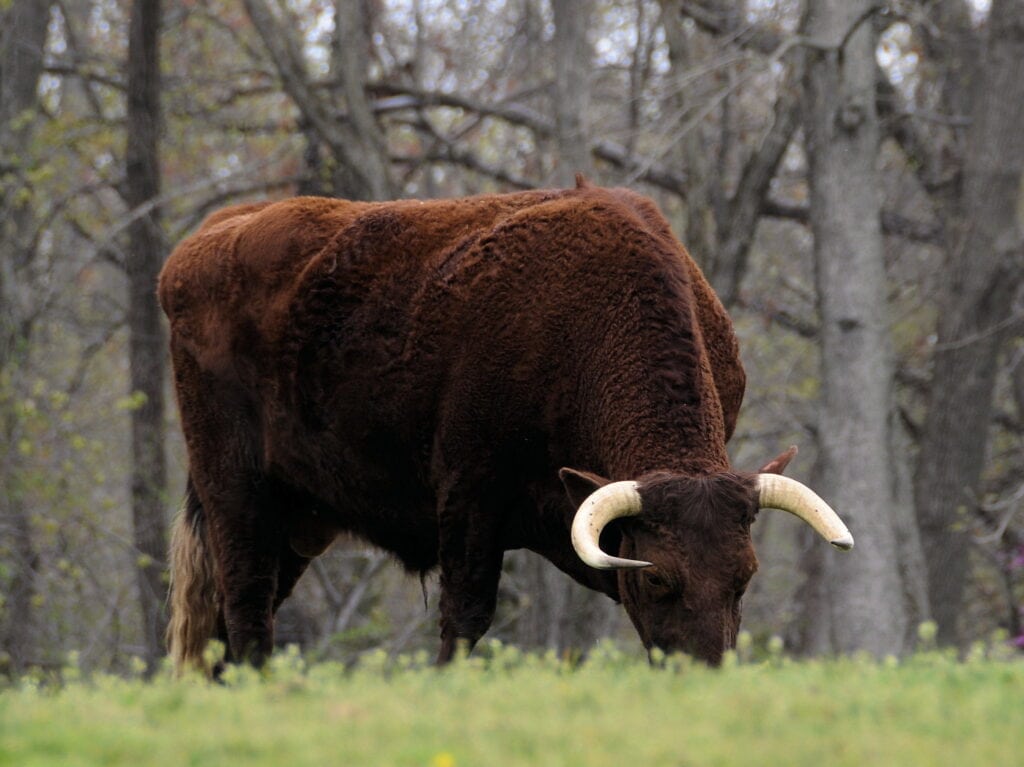
In this article, we delve into the world of cattle breeding to explore the 10 rarest cattle breeds on the planet. From ancient heritage breeds with storied histories to exotic breeds native to remote regions, these cattle represent the epitome of genetic diversity and conservation efforts in the agricultural world. Read More
